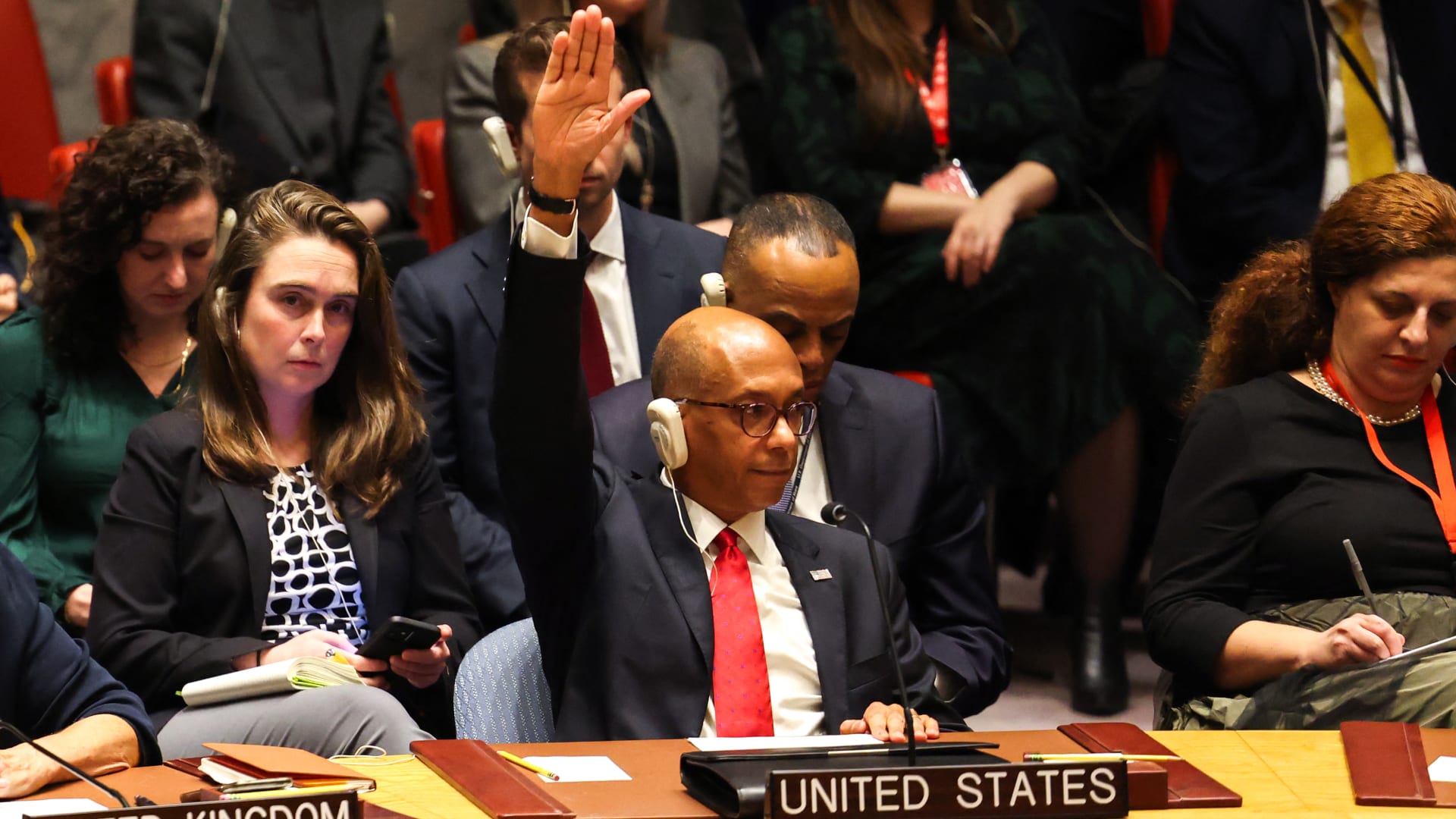
Terms and Tensions in the Israel-Hamas Draft Ceasefire Accord
Prelude:
The recent conflict between Israel and Hamas, the Islamist group that governs the Gaza Strip, culminated in a ceasefire agreement brokered by Egypt on May 21, 2021. This accord has brought an end to the fierce fighting that had escalated in the region over the previous weeks.
Core Terms of the Ceasefire:
The terms of the ceasefire include a cessation of hostilities between Israel and Hamas. Both sides have agreed to halt all military operations, including airstrikes, rocket fire, and ground incursions. The agreement also calls for the opening of border crossings between Israel and the Gaza Strip to allow for the movement of humanitarian aid and the resumption of trade.
Complexities and Tensions:
While the ceasefire has brought a welcome respite from the violence, the underlying tensions between Israel and Hamas remain unresolved. The complexities of the conflict are rooted in several contentious issues, including:
Jerusalem and the Temple Mount:
One of the major flashpoints in the conflict is the status of Jerusalem, particularly the holy site known as the Temple Mount. Both Israel and the Palestinians claim Jerusalem as their capital, and the site is sacred to both Muslims and Jews. The recent tensions over access to the site during the Muslim holy month of Ramadan sparked the initial escalation in violence.
Settlements and Expansion:
Another source of tension is Israel’s settlement policy in the occupied West Bank, including East Jerusalem. The Palestinians see these settlements as a violation of international law and an obstacle to the establishment of a viable Palestinian state. The continued expansion of settlements has drawn widespread criticism and is often cited as a major cause of the conflict.
Gaza Siege and Humanitarian Crisis:
The Gaza Strip, where Hamas holds sway, has been under an Israeli-Egyptian blockade since 2007. The blockade has severely restricted the movement of people and goods into and out of the territory, creating a humanitarian crisis. The lack of access to necessities, such as food, medicine, and fuel, has exacerbated tensions and contributed to the instability in the region.
Perspectives on the Accord:
The ceasefire agreement has drawn mixed reactions from different stakeholders:
Israeli Perspective:
Many Israelis welcome the ceasefire as a necessary step to de-escalate the conflict. They argue that Hamas was deliberately provoking hostilities and that the airstrikes were a necessary response to protect Israeli citizens from rocket fire. Israel also expressed hope that the ceasefire would pave the way for a more durable peace agreement.
Hamas Perspective:
Hamas, on the other hand, sees the ceasefire as a victory against Israeli aggression. They claim that they were able to defend the Palestinian people and the Al-Aqsa Mosque in Jerusalem. Hamas has also stated that it will continue to resist Israeli occupation and work towards a free Palestine.
Regional and International Perspectives:
Regional and international actors have expressed relief over the ceasefire but have also urged caution. Egypt, which brokered the agreement, has called on both sides to adhere to the terms and avoid any further escalation. The United States and the United Nations have welcomed the ceasefire and emphasized the need for a comprehensive solution to address the underlying causes of the conflict.
Conclusion:
The Israel-Hamas ceasefire agreement has brought a temporary halt to the fighting, but the underlying tensions that fueled the conflict remain unresolved. Jerusalem, settlements, the Gaza blockade, and the lack of a just and lasting peace agreement continue to be major obstacles to a lasting peace in the region. The ceasefire provides an opportunity for diplomacy and dialogue, but it is crucial that all parties seize this opportunity to address the root causes of the conflict and work towards a more just and equitable future for all.




